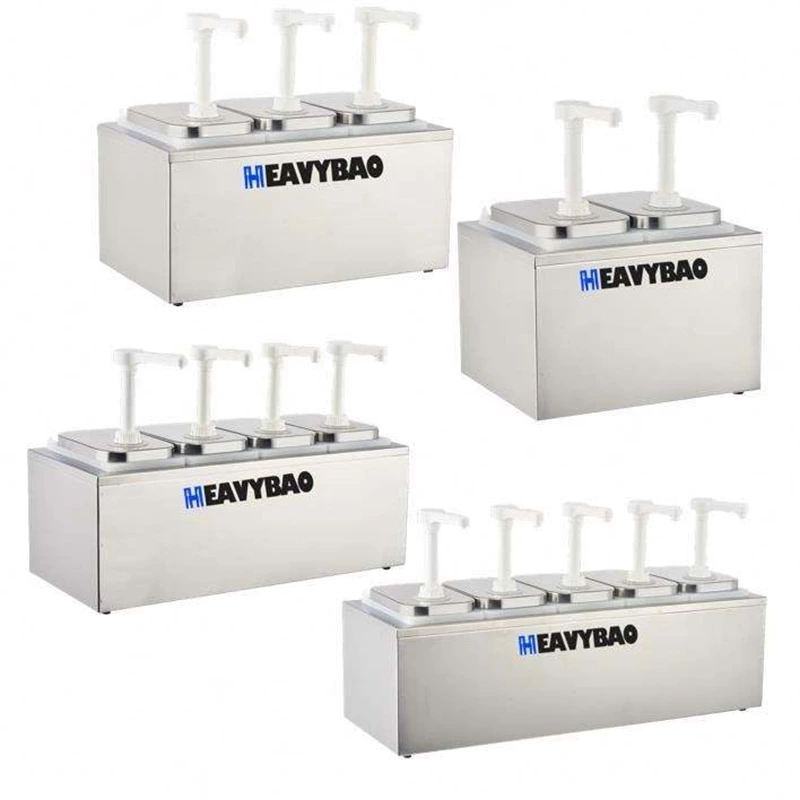The Development Trends Of The Central Kitchen Industry
⑴ Will become an effective operational model for the transformation and upgrading of the catering industry
At present, with changes in the market environment, high-end catering is struggling, and popular catering enterprises are also experiencing varying degrees of slowdown in growth. Therefore, enterprises must actively take measures to transform and upgrade in response to market changes, and developing central kitchens is an effective operational model for the transformation and upgrading of the catering industry.
⑵ Will become a new type of business model in the catering industry
The emergence of central kitchens has promoted the emergence of new formats and highlights. Enterprises with central kitchens can sell their products by collaborating with convenience stores or establishing direct operated specialty stores and franchise stores. For example, Greenfield collaborates with suppliers to sell coffee products in 19 stores and plans to enter supermarkets for sale. Enterprises such as Taoranju, Starbucks, and Haidilao are entering supermarkets with semi-finished or finished products to seek new growth points.
⑶ Will become an effective contact point and important link in the industrial chain
The central kitchen is an important position in the catering service industry chain, playing a role in connecting upstream industries (energy industry, equipment industry, specialized bases, agriculture, forestry, animal husbandry and fishery, food processing, refrigeration, canned industry, canned industry) and downstream industries (supermarkets, communities, schools, catering). The operational effectiveness of the central kitchen is directly influenced by the upstream industry, and is also related to the operating costs, quality, and benefits of downstream related enterprises.
Technological innovation will become an inevitable trend
Deep adoption of cold chain technology and cold chain products
More than 90% of frozen and refrigerated processed foods produced in Japan are used for fast food, fast food, and group meals. Cold chain technology can be used for the production of low-temperature conditioning products; Used for controlling the temperature and cleanliness of the processing site; Used for controlling the physicochemical properties and hygiene indicators of raw materials and auxiliary materials; Used for temperature control in storage, distribution, and sales. Therefore, the deep adoption of cold chain technology is beneficial for maintaining the flavor of products, extending their shelf life, and separating production and consumption for continuous production and centralized distribution; The widespread application of cold chain products is conducive to the innovation of meal supply models and makes the dual kitchen model feasible.
Packaging sterilization
Proper packaging and sterilization of finished or semi-finished products produced in the central kitchen can effectively extend their shelf life; At the same time, the perfect combination of cooking, packaging, sterilization, cooling, distribution, storage, and reheating makes it possible to industrialize and standardize Chinese cuisine. At present, the trend of central kitchen development is the application of new packaging materials and innovative sterilization technologies to reduce the loss of product flavor and nutrition, but at the same time, it can extend the shelf life of products.
Emphasize the research and application of composite seasoning
Composite seasoning is characterized by industrial production and can achieve scale and standardization; By combining seasoning packages, market demand can be maximized. The central kitchen has effectively ensured the standardized characteristics of the central kitchen through the research and development, production and distribution of composite seasoning packages, and the use of composite seasoning packages in catering chain stores; At the same time, the innovative research and development of composite seasoning packages has played a great role in increasing the variety of dishes and meeting personalized needs; The reasonable use of composite seasoning packs simplifies the cooking process, lays the foundation for the diversification of product varieties, rapid development of new varieties, and innovative cooking techniques.
Equipment becoming increasingly intelligent
Although it is reported that cooking robots were born in Shenzhen, catering robots were born in Beijing, full-automatic rice production lines were born in Nanjing, and intelligent bionic Mantou production lines of FD series were born in Henan, there are still many shortcomings in the development of intelligent equipment for central kitchens in China, which are mainly reflected in the low level of intelligence, and inaccurate control of process parameters such as temperature, speed, time, pressure, and measurement; Insufficient level of specialization and weak targeting; Lack of humanization of equipment, complex operation, harsh environment, and difficult cleaning and maintenance; The equipment has rough workmanship, frequent malfunctions, and short service life; The design and configuration of the facility system are not standardized or standardized. Therefore, vigorously developing intelligent devices to make them more professional, intelligent, refined, user-friendly, environmentally friendly and energy-saving has become an inevitable trend.
Energy conservation and environmental protection
Under the trend of rising raw material costs, labor costs, and energy costs, energy conservation and environmental protection will become the mainstream and new source of profit in the catering industry. At the beginning of designing the central kitchen, we should implement the concept of energy conservation and environmental protection, achieving low energy consumption, low pollution, and low emissions; Adopting energy-saving and environmentally friendly technologies, such as new energy sources such as solar energy, geothermal energy, bioenergy, natural light, and wind power, new building materials, energy-saving new technologies such as LED lighting, cold chain technology, and water catalyst technology, new equipment such as heat pump stoves, rainwater collection and utilization systems, waste heat recovery systems, and waste treatment systems for resource reuse. In short, implementing energy conservation and environmental protection is an inevitable trend in the development of central kitchens.




